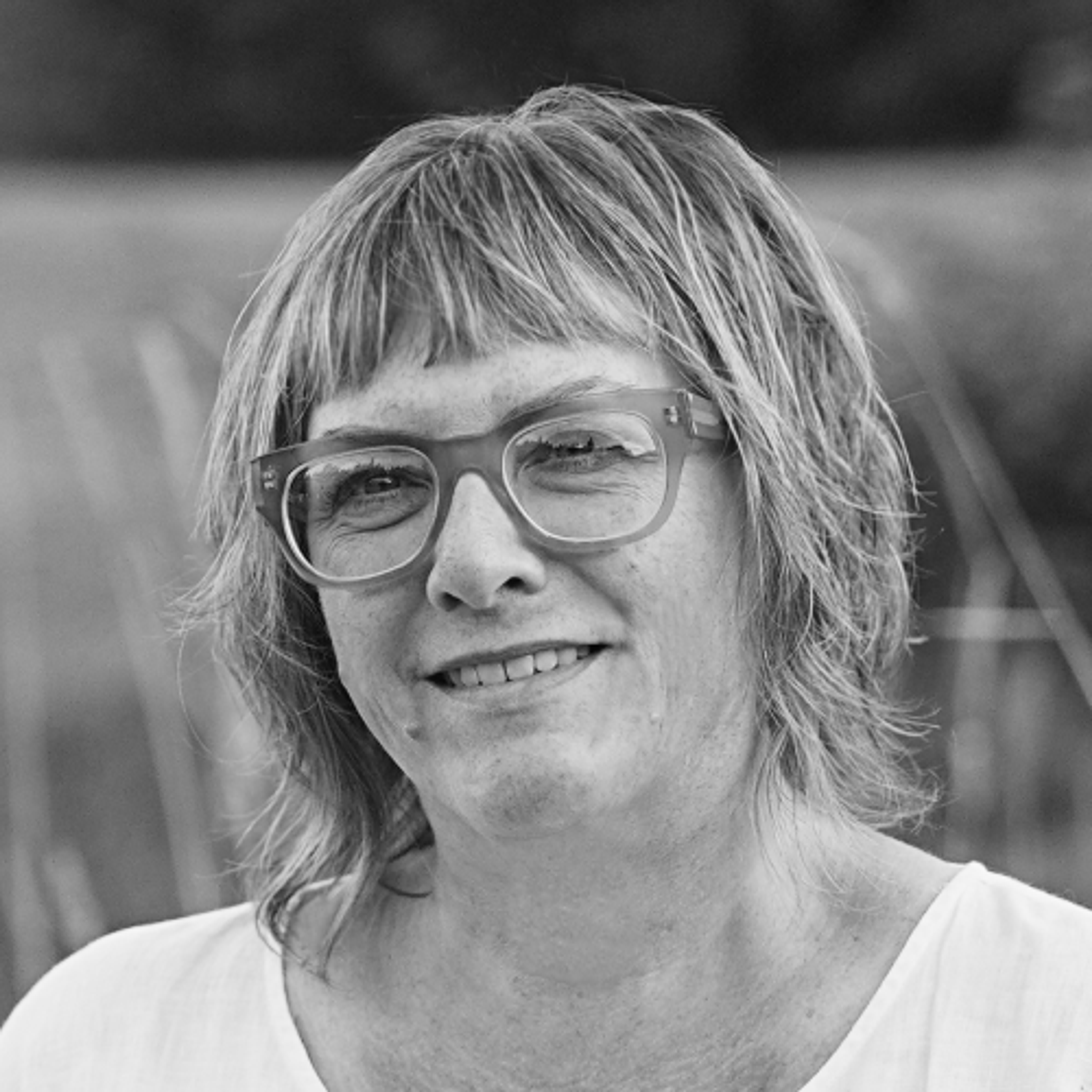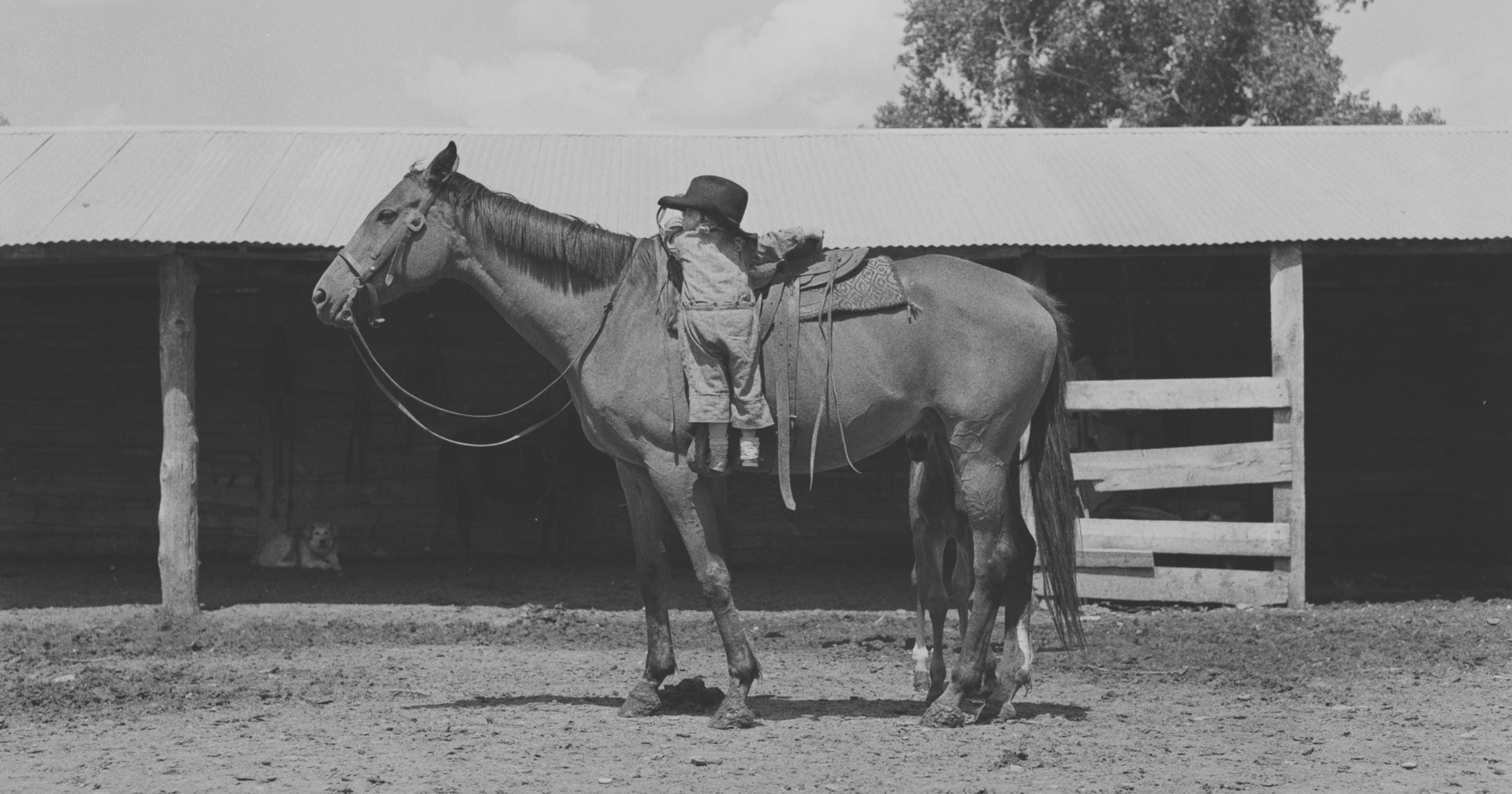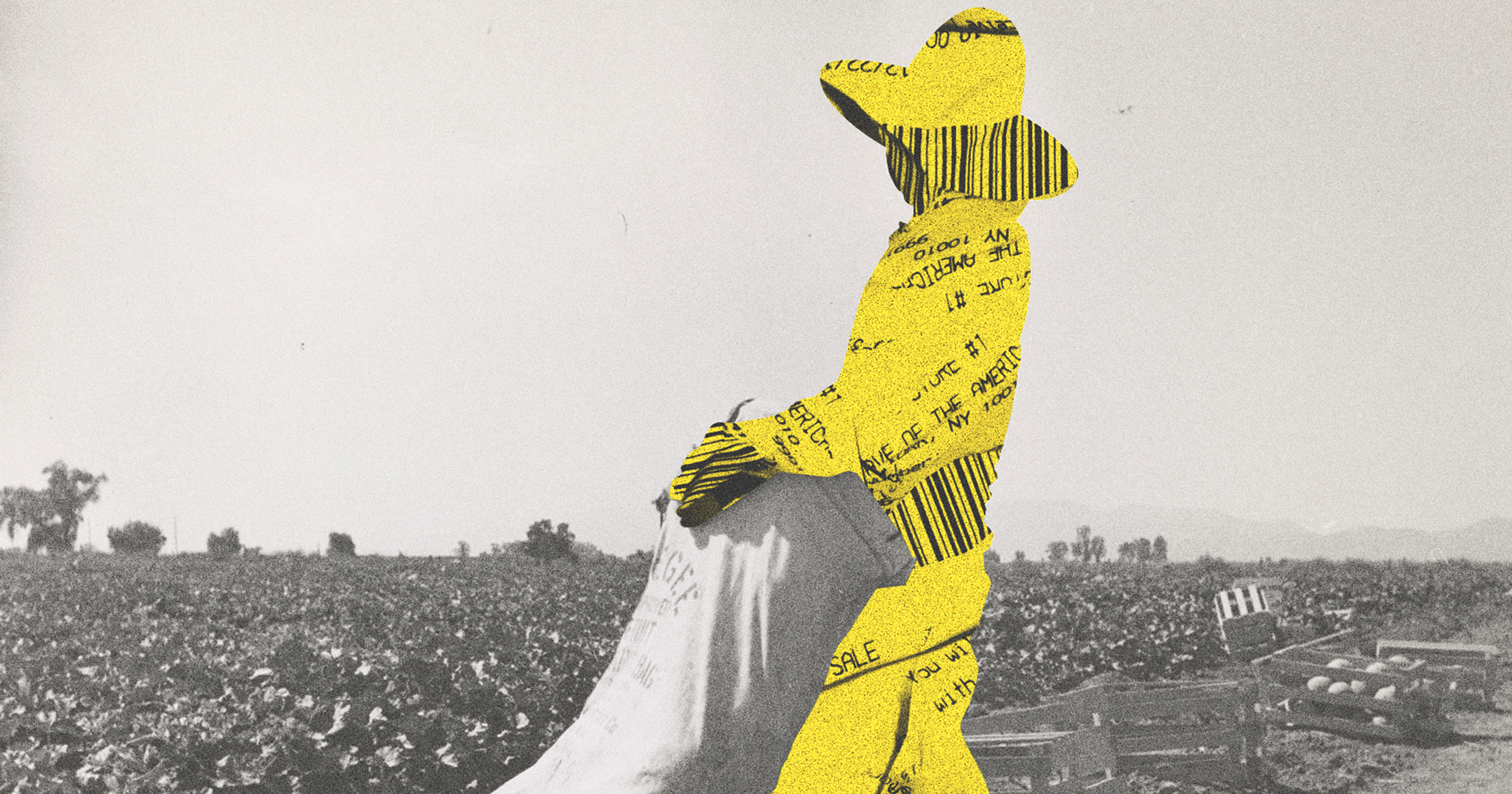“Care farming” could help farms diversify and foster a deeper connection between nourishing the body and feeding the soul.
I met Muhammad Ayub of Dancing Goats and Singing Chickens Organic Farm in the Harmony Garden — a heart-shaped covered terrace, filled with flowering plants and vines — to talk about steps they were taking to become a “care farm.” Instantly I felt my shoulders relax and my breathing deepen. I was reminded of Mary in The Secret Garden, and how she set out to discover the secrets of her uncle’s garden, bringing it back to life to regain her own happiness.
“Farmers, gardeners, pregnant mommies — we invite anyone and everyone who wants to improve their flexibility, preserve energy, and learn to rest and enjoy life,” Ayub says, as he hands me a tarp to unfold and runs to welcome the yoga instructor.
This wasn’t my first visit to Dancing Goats and Singing Chickens, a small twelve-acre farm in Yelm, Washington, just south of the Nisqually Indian Reservation and South Puget Sound. Working by day for a destination marketing organization, I’d visited two weeks earlier to interview Ayub
for an article highlighting his love of permaculture and regenerative farming. When he mentioned the work had begun to bleed over into social care I wanted to know more.
In the past six years, Dancing Goats and Singing Chickens Organic Farm has employed more than 120 marginalized people, many of whom are women who have faced trauma, military veterans, and people emerging from incarceration. The farm has become known throughout the community both for its bountiful CSAs and its commitment to creating a safe place for people who want to reconnect with the land.
Care farming — the therapeutic use of farming to promote mental well-being — is based on the model developed by the Care Farming Network (CFN), based out of Red Wiggler Community Farm in Germantown, Maryland. Since 1996, Red Wiggler has brought people with and without disabilities together to work and learn while cultivating healthy food. When founder Woody Woodroof began receiving inquiries from other farms interested in providing these services to their communities, he recognized there wasn’t a U.S. network like those in Europe. He launched the Care Farming Network in 2018 with a vision of having a care farm in every county in the country.
Care farming might be relatively new and broadly defined, but it’s been practiced throughout history. From its inception in the monasteries of medieval Europe to the incorporation of gardening and outdoor activities at asylums in the 1900s, European countries like the Netherlands and Norway recognized the benefits of care farming. It wasn’t just about growing food — it helped people with mental health struggles, learning challenges, addiction, and even loneliness.
Could the expansion of care farming in the U.S. be a solution to one of our nation’s biggest problems? Today’s farmers are experiencing a workforce crisis, our healthcare is too expensive and often unobtainable, and many are trying to shift toward more preventative care.
Research-based evidence supports the effectiveness of farm-based therapeutic strategies, such as livestock-assisted and horticultural therapy. It can be an impactful approach to providing more mental health care in the U.S., particularly in areas that are underserved by more traditional facilities. So why aren’t there more care farms here?
“Farmers, gardeners, pregnant mommies — we invite anyone and everyone who wants to improve their flexibility, preserve energy, and learn to rest and enjoy life.”
The number one reason could simply be a lack of information. While financial benefits from care farming are possible, some farmers might feel unsure about the sustainability and profitability of the model, especially if they’re already operating on slim margins. But if there’s a local demand for therapeutic farm experiences, it’s worth considering.
The CFN’s website lists fewer than 300 identified Care Farms in comparison to over 6,000 registered farms in Europe. Unlike these larger networks abroad, our government hasn’t yet put much weight or funding behind a network like the CFN.
“We’re already struggling with finding enough people to farm,” says Kate Mudge, outreach consultant for the Care Farming Network. “So, it makes sense to be strategic when we think about creating a more inclusive workforce, which care farms are great at doing.”
If you think the concept of care farming might be a bit too “woo-woo” for you or that it’s better suited for young, first-time farmers on the West Coast, keep in mind the concept was birthed in the East with the highest concentration of farms currently located in the Northeast and Mid-Atlantic regions of the country.
There’s also the possibility you could already be care farming without even realizing it. Many farmers are making employment opportunities available to more marginalized people and integrating them into a farming operation without considering themselves traditional care farms. There is a genuine need for community-based programs where young adults aging out of mental health care services can continue to learn, develop social relationships, and work toward self-sufficiency.
The Care Farming Network thinks that farm could be your farm.
“We’re seeing huge strides in people struggling with substance abuse at care farms with animal-assisted therapy.”
In 2023, with a $257,000 grant from the Northeast Sustainable Agriculture Research and Education (SARE), CFN launched a Beginning Care Farming Series which helps aspiring farms with the logistics of developing their messaging, choosing a business model (profit vs. non-profit), and choosing the right location (urban vs. rural). The grant also established a mentorship program that connects aspiring care farms with more established care farmers.
The grant provides CFN with the opportunity to fund actual research, which U.S. networks have lacked — and European countries have tenfold. In January 2025, CFN will convene a panel of researchers at their national conference for a discussion about currently existing research and what’s needed to make a case for additional support.
“We’re seeing huge strides in people struggling with substance abuse at care farms with animal-assisted therapy,” says Mudge, “with success rates of 90 to 95% program completion as opposed to 30% completion in a traditional rehab setting.”
Nicole Byers of Wild Oak Therapeutic Farm in West Linn, Oregon, has seen this transformation firsthand in her practice. Covid-19 was a serious disrupter in 2020, but also compelled new ways of working. Seeking a more natural environment in which to raise her children, Byers, a Portland licensed clinical psychotherapist found property outside of rural West Linn and began providing telehealth services from her home, eventually including Covid-safe outdoor sessions.
The experience sparked a realization: She found that therapy was more effective when her clients were able to move around freely while processing emotions. Wild Oak now offers a variety of activities, including animal interactions and gardening. Children are encouraged to get dirty and participate in animal care including feeding and socializing. Rabbits are specifically used to help kids with impulse control issues, as handling them requires slow and gentle movements.
“Animal interactions can help children with emotional regulation and boundary setting, especially when they’re interacting with goats who have no idea what personal boundaries are,” says Byers. “It gives them space to establish those boundaries which fosters bravery and self-assurance in children who might initially be hesitant or fearful.”
“We don’t judge who you are, what you’ve done, or what you look like. We don’t want to label you; we just want you to find value in your life while you’re here.”
The challenges of a single clinician running a care farm means resources can be limited, both in terms of staff and funding. (Wild Oak is for-profit, so it doesn’t qualify for state or federal funds.) This restricts the number of people they can help and has made expansion challenging. Nevertheless, Byers sees her foray into care farming as the right move. “It’s a lot of work,” she admits, “but I’m no longer dealing with practitioner burnout. I get to experience all the benefits of being on the farm that my clients do and that’s a substantial reward.”
As Ayub heads to the Harmony Garden for yoga, he shouts instructions to volunteers about morning tasks, then asks me if the back seats of my car fold down — he wants to send me home with a variety of shrubs, as well as a few dozen eggs and jars of honey. They also have baby chicks if I think we might want to add to our flock. Have I considered taking a baby goat? I live with my sister on 20 acres of western Washington farmland but we’re just getting started; I’m soaking up all of Ayubs wisdom. I can’t help but be enthralled by this cheery care farming evangelist. He clearly sees his farm as not only meeting a physical need, but also a place to feed your soul.
Both Ayub and his wife Lizzie work in medicine — he’s a family physician, and she’s a clinical social worker — but over the years they’ve become disillusioned with the modern food system’s impact on their health and that of their patients. They sell (and often give away) organic produce and fruit trees and share their love of permaculture which has been the driving force behind their farm.
“Social work has always been a part of why we exist,” says Lizzie Ayub. “I started thinking, ‘I’m a clinical social worker — how can I contribute to our farm in a way that aligns with my professional values and utilizes those skills?‘”
The couple eventually wants to provide clinical services for people who have struggled receiving more traditional therapy. In addition to providing a space for restorative yoga, they offer the farm as a meeting place for AA and NA meetings.
“We’re creating a safe space for people with no prejudice or bias against them,” Lizzie Ayub adds. “We don’t judge who you are, what you’ve done, or what you look like. We don’t want to label you; we just want you to find value in your life while you’re here.”










